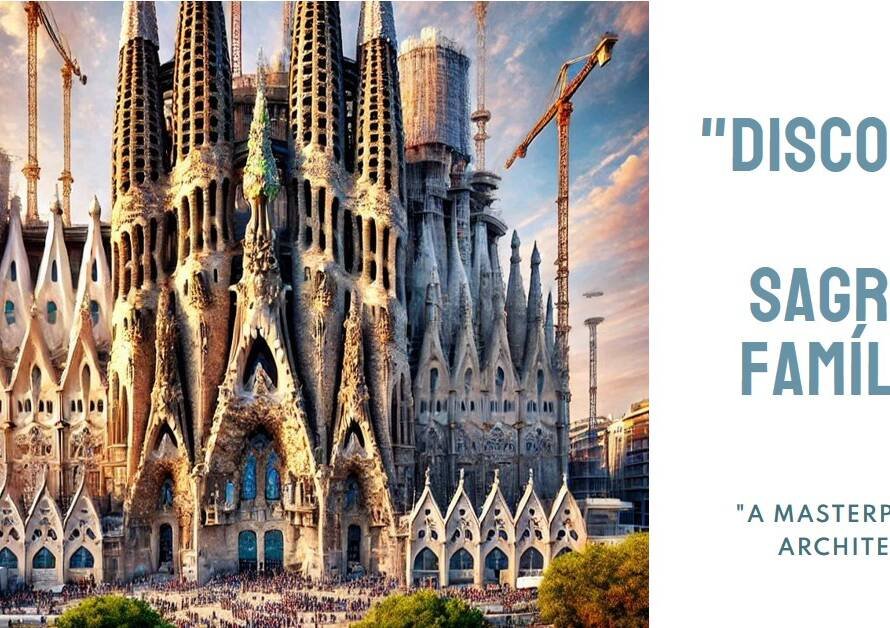
Table of Contents
- Introduction: Urban Development
- Catalyzing Economic Growth:
- Enhancing Quality of Life:
- Promoting Sustainable Living:
- Advancing Technological Integration:
- Fostering Cultural Heritage and Identity:
- Encouraging Innovation and Creativity:
- Facilitating Social Equity and Inclusion:
- Strengthening Resilience to Natural Disasters:
- Building a Foundation for Future Generations:
- Conclusion:
Introduction: Urban Development
Urban development is a crucial aspect of modern civilization, encompassing the planning, designing, and constructing of infrastructure in urban areas. This blog post delves into the multifaceted importance of urban development, exploring its economic, social, environmental, and cultural impacts. Through nine insightful sections, we will understand why urban development is essential for sustainable growth and improved quality of life.
Catalyzing Economic Growth:
Urban development plays a pivotal role in driving economic growth. By creating well-planned cities with robust infrastructure, governments can attract businesses and investments. These investments lead to job creation, enhancing the economic vitality of the region. Moreover, urban development stimulates various industries such as construction, real estate, and retail, further contributing to economic expansion.
When cities are strategically developed, they become hubs for innovation and entrepreneurship. Well-developed urban areas provide the necessary resources and networks for startups and established companies to thrive. Consequently, this leads to a more dynamic and resilient economy, capable of withstanding global economic fluctuations.
Enhancing Quality of Life:
One of the primary goals of urban development is to improve the quality of life for residents. This is achieved by providing access to essential services such as healthcare, education, and transportation. Well-developed cities offer a higher standard of living, with clean water, reliable electricity, and efficient waste management systems.
Furthermore, urban development promotes social cohesion by creating inclusive communities. Well-designed public spaces, parks, and recreational facilities encourage social interactions and foster a sense of belonging. This not only enhances the mental and physical well-being of residents but also reduces social inequalities and crime rates.
Promoting Sustainable Living:
In the face of climate change and environmental degradation, sustainable urban development has become imperative. By integrating green spaces, renewable energy sources, and eco-friendly building materials, cities can reduce their carbon footprint and promote environmental stewardship. Urban development that prioritizes sustainability helps mitigate the adverse effects of urbanization on natural ecosystems.
Moreover, sustainable urban development encourages the use of public transportation and non-motorized modes of travel, such as cycling and walking. This reduces traffic congestion, air pollution, and dependence on fossil fuels. Cities that embrace sustainable practices contribute to the global effort to combat climate change and ensure a healthier planet for future generations.
Advancing Technological Integration:
Urban development is intrinsically linked to technological advancement. Smart cities, which leverage technology to enhance urban living, are a prime example of this integration. Through the use of sensors, data analytics, and Internet of Things (IoT) devices, smart cities optimize resources, improve service delivery, and enhance the overall urban experience.
Technological integration in urban development also improves safety and security. Advanced surveillance systems, emergency response mechanisms, and predictive analytics help prevent and respond to urban challenges effectively. As a result, residents enjoy a safer and more secure environment, which is fundamental to a thriving urban community.
Fostering Cultural Heritage and Identity:
Urban development is not solely about modern infrastructure and technology; it also involves preserving cultural heritage and fostering a sense of identity. By integrating historical landmarks, cultural sites, and traditional architecture into urban planning, cities can maintain their unique character and history.
Preserving cultural heritage within urban development projects promotes tourism and educates residents about their city’s history. This blend of old and new creates vibrant urban landscapes that respect the past while embracing the future. Consequently, cities become more attractive to both residents and visitors, enhancing their cultural and economic appeal.
Encouraging Innovation and Creativity:
Urban development creates environments that nurture innovation and creativity. Cities with well-designed infrastructure, co-working spaces, and educational institutions provide fertile ground for creative minds to collaborate and innovate. These environments attract talented individuals from diverse backgrounds, fostering a culture of creativity and knowledge exchange.
Moreover, urban development projects often involve public art installations, cultural festivals, and creative hubs that inspire and engage the community. These initiatives enhance the aesthetic appeal of urban areas and stimulate economic growth by attracting tourists and supporting local artists and entrepreneurs.


Facilitating Social Equity and Inclusion:
Urban development has the potential to address social inequalities and promote inclusion. By designing affordable housing, accessible public services, and equitable transportation systems, cities can ensure that all residents have access to essential resources and opportunities.
Inclusive urban development also involves community engagement and participatory planning processes. By involving residents in decision-making, cities can better address their needs and preferences, leading to more equitable and sustainable outcomes. This collaborative approach fosters trust and cooperation between the government and the community, enhancing social cohesion and resilience.
Strengthening Resilience to Natural Disasters:
With the increasing frequency and intensity of natural disasters, urban development must prioritize resilience. This involves designing infrastructure that can withstand extreme weather events, such as hurricanes, floods, and earthquakes. Resilient urban planning includes the construction of robust buildings, effective drainage systems, and green infrastructure that can absorb and manage excess water.
Additionally, urban development strategies must incorporate disaster preparedness and response plans. This ensures that cities can quickly recover from natural disasters and minimize their impact on residents and the economy. By prioritizing resilience, urban development protects lives and livelihoods, contributing to the long-term sustainability of cities.
Building a Foundation for Future Generations:
Ultimately, urban development is about building a foundation for future generations. By creating sustainable, resilient, and inclusive cities, we ensure that future residents inherit a thriving and livable environment. Urban development that prioritizes long-term goals over short-term gains promotes intergenerational equity and stewardship of resources.
Moreover, well-planned urban areas provide educational and economic opportunities that empower future generations. Access to quality education, healthcare, and employment enables young people to reach their full potential and contribute to the continued development and prosperity of their communities.
Conclusion:
In conclusion, urban development is vital for economic growth, improved quality of life, sustainable living, technological advancement, cultural preservation, innovation, social equity, disaster resilience, and future generations. By prioritizing these aspects, urban planners and policymakers can create cities that are not only functional and efficient but also vibrant and inclusive. This holistic approach to urban development ensures that cities remain dynamic and resilient, capable of meeting the challenges and opportunities of the 21st century and beyond.


